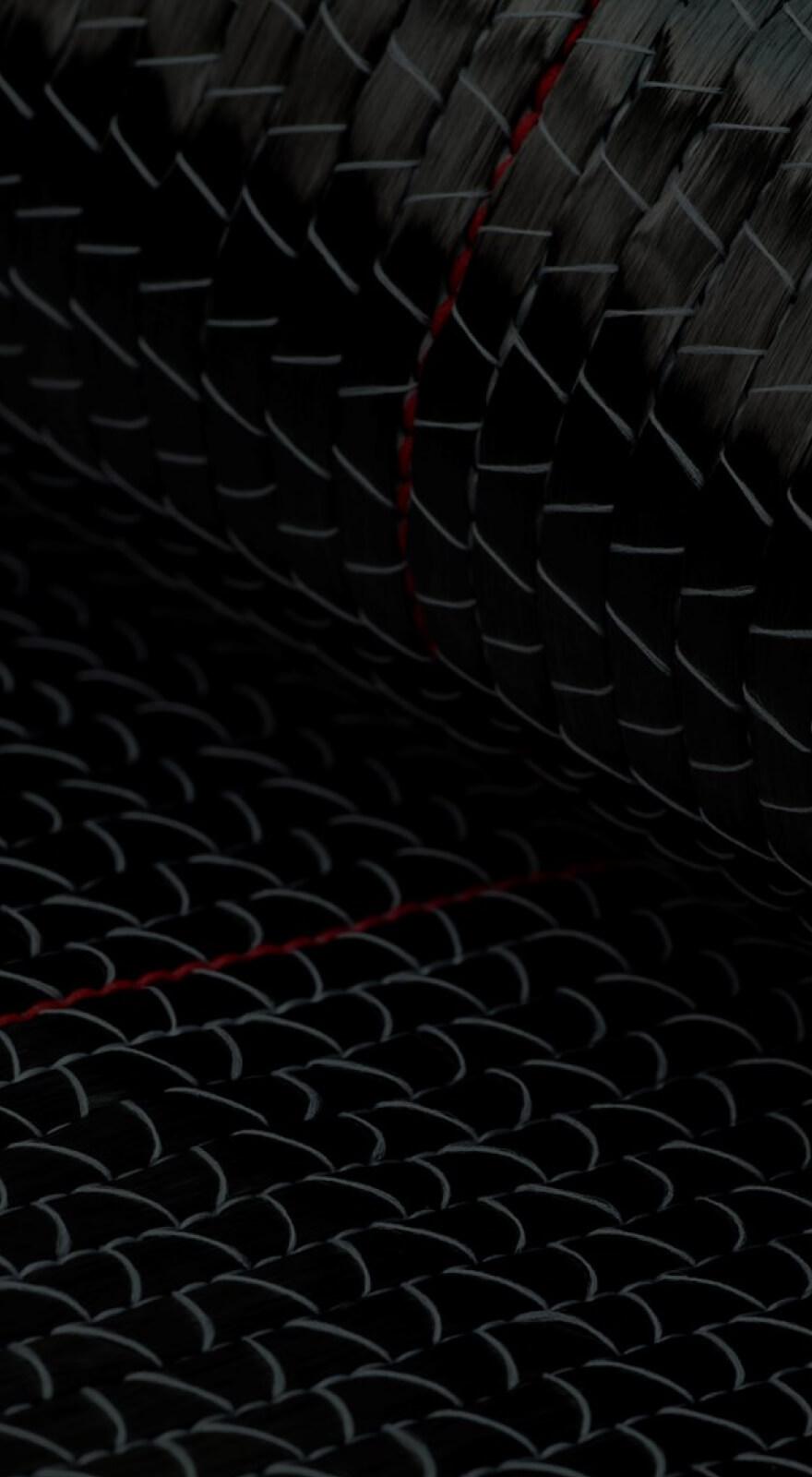Knowde Enhanced TDS
Identification & Functionality
- Chemical Family
- Polymer Name
- Composite Materials Functions
- Technologies
Features & Benefits
- Labeling Claims
- Materials Features
- Product Highlights
- Suited to Press and Autoclave Manufacturing Methods
- Short Curing Cycles [Typically 12 min at 248°F (120°C)]
- Suitable for a Range of Pressure Cycles (1–10 Bar)
- Medium Flow for Ease of Processing
- No Tack
- No Volatiles
- Very Good Adhesive Properties to a Variety of Substrates (Aluminum, Steel, Wood, etc.)
Applications & Uses
Properties
- Physical Form
- Typical Properties
| Value | Units | Test Method / Conditions | |
| Gel time at 248°F (120°C) | min. 5.5 | — | — |
Technical Details & Test Data
- Curing Conditions
The ideal cure cycle is 12 min at 248°F (120°C) at a pressure between 1 and 10 bar. The following alternative cure cycles can be used:
Temperature °F (°C) Time 212 (100) 70 min 248 (120) 12 min 284 (140) 9 min
Storage & Handling
- Shelf Life
- Tack life at 95°F (+35°C) 3 days and at 73°F (+23°C) 5 days
- Guaranteed shelf life* at 73°F (+23°C) 4 weeks and at 0°F (–18°C) 12 months
- Storage
HexPly® M27 prepregs should be stored as received in a cool dry place or in a refrigerator. Following removal from refrigerated storage, allow the prepreg to reach room temperature before opening the polyethylene bag to avoid moisture condensation. (A full reel in its packaging can take 48 hours.)
- Product Handling and Safety
Hexcel recommends that customers observe established precautions for handling uncured synthetic resins and fine fibrous materials. Operators working with this product should wear clean, impervious gloves to reduce the possibility of skin contact and to prevent contamination of the material.




